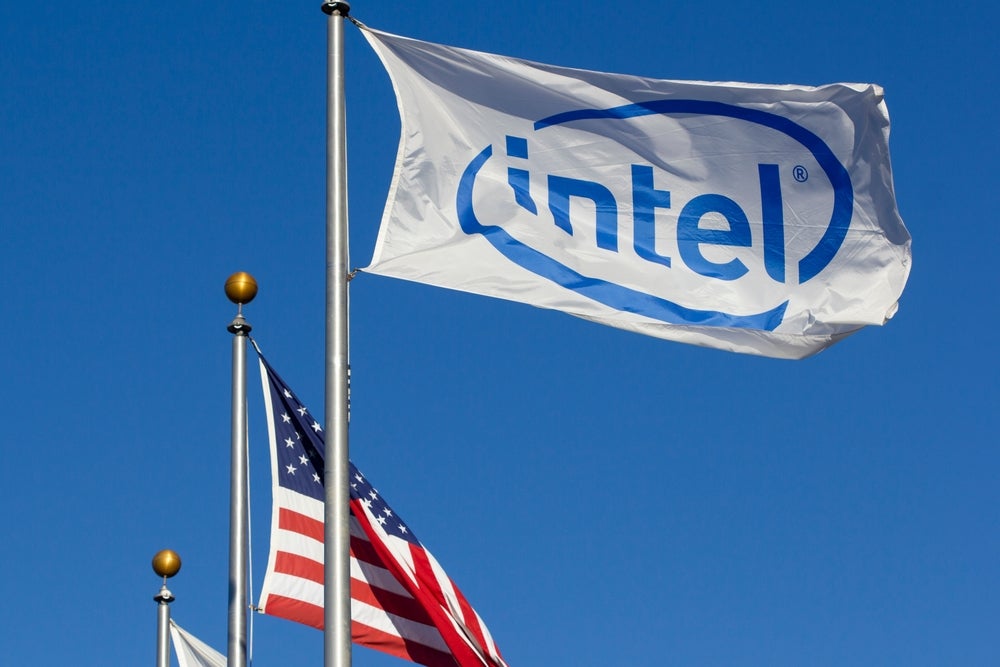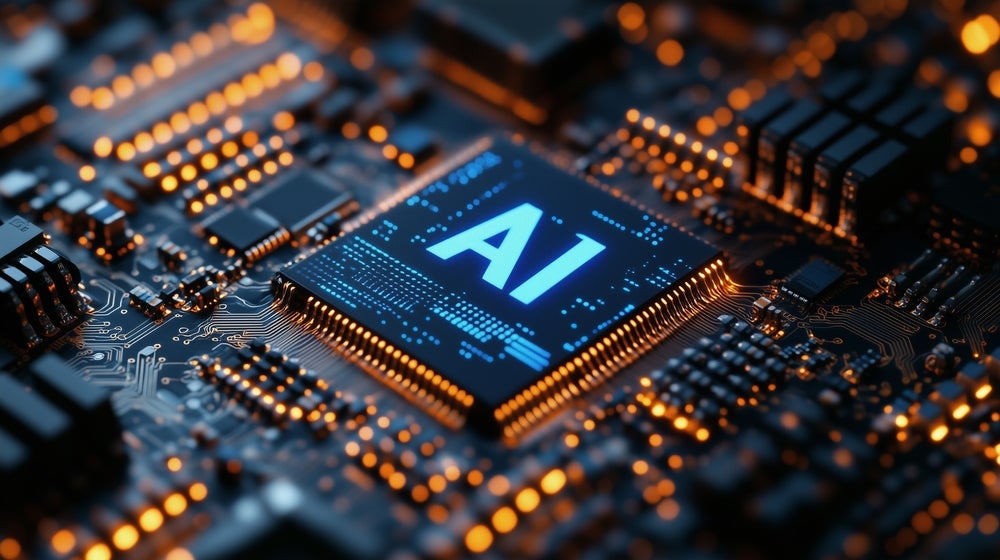Nuro has been granted a patent for an autonomous robotic vehicle that includes a chassis, wheels, and a vehicle pose system. The system uses ride height sensors to measure wheel displacement and determine wheel positions as the vehicle travels along a surface. By analyzing this data, the system can determine the pose of the vehicle based on the angle of the surface. The patent also includes instructions for determining the orientation, travel vector, and pose of the vehicle based on various data inputs. GlobalData’s report on Nuro gives a 360-degree view of the company including its patenting strategy. Buy the report here.
According to GlobalData’s company profile on Nuro, AI assisted drone control was a key innovation area identified from patents. Nuro's grant share as of September 2023 was 30%. Grant share is based on the ratio of number of grants to total number of patents.
Patent granted for autonomous robotic vehicle pose determination
A recently granted patent (Publication Number: US11760148B2) describes an autonomous robotic vehicle with an advanced vehicle pose system. The vehicle includes a chassis and a suspension system with multiple wheels. The vehicle pose system consists of various components, including a ride height sensor system, at least one processor, and a memory with instructions.
The ride height sensor system measures the displacement of the wheels relative to the chassis as the vehicle moves. It determines the wheel positions and a plane corresponding to the surface the vehicle is traveling on. The system also calculates a rotation matrix indicating the vehicle's orientation. Using this information, it determines a three-dimensional travel vector that represents the vehicle's movement based on the wheel speed and rotation matrix. The system then determines the pose of the vehicle, including its three-dimensional velocity and position, by associating global positioning data, wheel speed data, and ride height data from the sensors.
The vehicle pose system can also include additional components such as an inertial measurement unit (IMU) to collect orientation, angular velocity, and gravitational direction data of the vehicle. It can also incorporate a global positioning system (GPS) to gather precise location data. Wheel speed sensors can be used to collect data on the speed of the wheels.
The method described in the patent involves determining the wheel positions, surface plane, rotation matrix, and travel vector of the vehicle. These parameters are used to calculate the pose of the vehicle, which represents its environmental positioning or the positioning of objects inside the vehicle. The method can also involve mapping the position and orientation of the vehicle within a coordinate system.
Overall, this patent presents an autonomous robotic vehicle with an advanced vehicle pose system that utilizes various sensors and data to accurately determine the vehicle's position and orientation. The system can be used in driverless vehicles and can communicate the pose information to a fleet management module for coordinating vehicle activities.
To know more about GlobalData’s detailed insights on Nuro, buy the report here.
Data Insights
From

The gold standard of business intelligence.
Blending expert knowledge with cutting-edge technology, GlobalData’s unrivalled proprietary data will enable you to decode what’s happening in your market. You can make better informed decisions and gain a future-proof advantage over your competitors.







